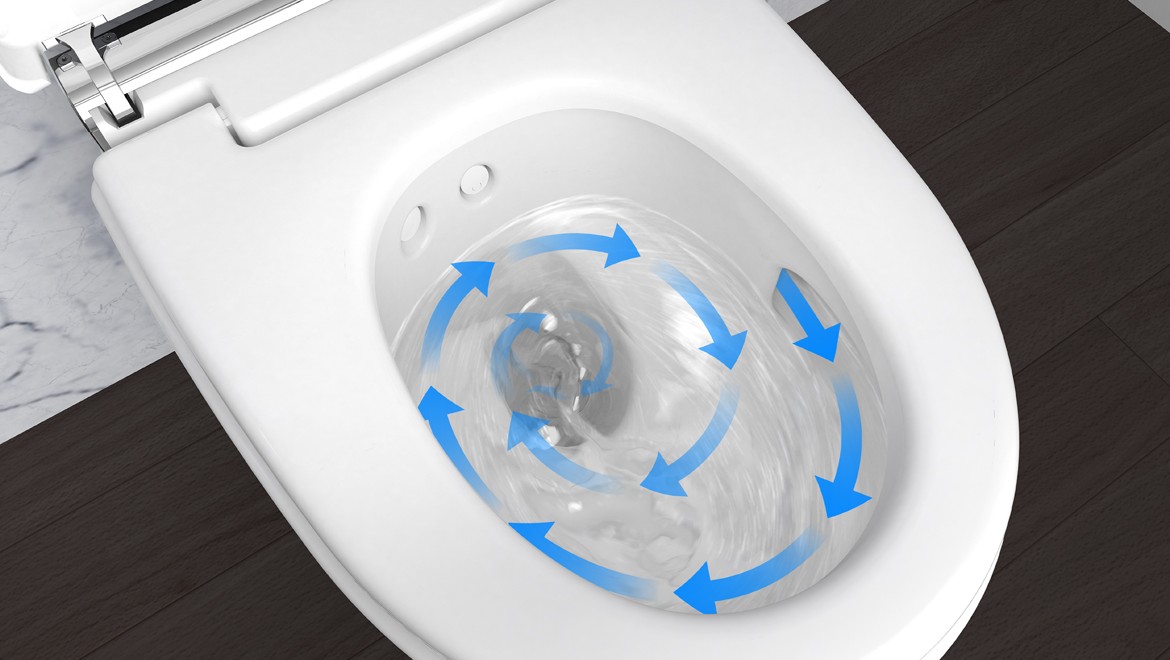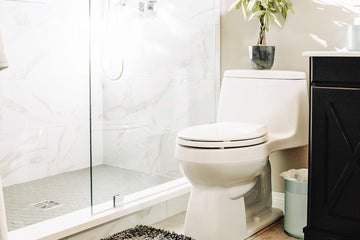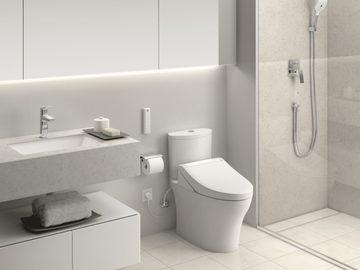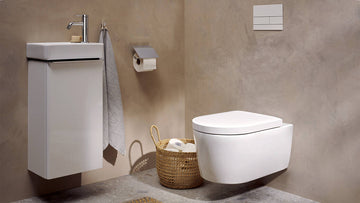In today's world, where environmental sustainability has become a priority, many homeowners and industry professionals are considering installing a water-efficient bathroom. But is it really worth the effort? This article explores the benefits, challenges, and the process involved in creating a bathroom that minimizes water usage without compromising on style or functionality.

Understanding the Need for Water Efficiency
Water scarcity is a growing concern worldwide. With increasing populations and climate change impacting water availability, finding ways to conserve water is crucial. One significant area where water conservation can make a substantial impact is the bathroom, which accounts for nearly 60% of indoor water usage in an average home.
By reducing water waste in bathrooms, homeowners can not only contribute to environmental conservation but also save on water bills. This is particularly relevant for those in regions with high water costs or strict water usage regulations.
Key Components of a Water-Efficient Bathroom
Low-Flow Toilets
A low-flow toilet is a cornerstone of a water-efficient bathroom. Traditional toilets can use up to 7 gallons per flush, but low-flow versions use less than 1.6 gallons. This significant reduction in water usage translates to considerable savings over time. For more insights on the benefits of low-flow toilets, check out this article.
For those interested in the financial aspect, understanding the cost of dual-flush toilet installation can help in planning the budget for a water-efficient bathroom renovation.
Water-Saving Showerheads and Faucets
Another essential element in a water-efficient bathroom is the installation of water-saving showerheads and faucets. These fixtures reduce water flow without compromising on pressure, ensuring a satisfying shower experience while conserving water. They are available in various designs and price ranges, making them accessible to a wide audience.
Efficient Water Heaters
An often overlooked component of a water-efficient bathroom is the water heater. By opting for an energy-efficient model, homeowners can reduce both water and energy consumption. Tankless water heaters, for example, heat water on demand, eliminating the need for a storage tank and reducing standby losses.
Challenges in Installing a Water-Efficient Bathroom
While the benefits of a water-efficient bathroom are clear, there are challenges to consider. The initial cost of purchasing and installing water-saving fixtures can be higher than traditional options. However, the long-term savings on water and energy bills often outweigh these initial expenses.
Additionally, some homeowners may encounter issues with water pressure or performance when switching to low-flow fixtures. It's important to choose quality products and consult with professionals to ensure a successful installation.
Steps to Installing a Water-Efficient Bathroom
Planning and Design
The first step in installing a water-efficient bathroom is planning and design. This involves assessing the current bathroom layout, identifying areas for improvement, and selecting appropriate water-saving fixtures. Consulting with a professional can provide valuable insights and ensure that the design meets both functional and aesthetic requirements.
Installation Process
Once the design is finalized, the installation process begins. This may involve replacing existing fixtures with low-flow alternatives, adjusting plumbing to accommodate new water-saving technologies, and possibly renovating the bathroom layout to optimize space and function.
For those looking to learn more about the installation process, this guide offers detailed information on the steps involved in installing low-flow toilets.
Maintaining a Water-Efficient Bathroom
Maintenance is key to ensuring the long-term efficiency of a water-efficient bathroom. Regularly checking for leaks, cleaning fixtures to prevent buildup, and staying informed about new water-saving technologies can help maintain the bathroom's performance.
For tips on maintaining a low-flow toilet, refer to this guide. Additionally, understanding common problems with water-saving toilets can help prevent and address any issues that may arise.
Conclusion
In conclusion, installing a water-efficient bathroom is a worthwhile investment for both homeowners and the environment. By reducing water consumption, saving on utility bills, and contributing to sustainability efforts, a water-efficient bathroom offers numerous benefits. While there may be challenges in terms of cost and installation, the long-term advantages make it a practical choice for those committed to water conservation.

FAQs
What are the benefits of a water-efficient bathroom?
A water-efficient bathroom reduces water consumption, lowers utility bills, and contributes to environmental conservation efforts by minimizing water waste.
Are low-flow toilets effective?
Yes, low-flow toilets are effective in reducing water usage. They use significantly less water per flush compared to traditional toilets, leading to substantial water savings over time.
How can I maintain my water-efficient bathroom?
Maintaining a water-efficient bathroom involves regular cleaning of fixtures, checking for leaks, and staying informed about new water-saving technologies. Proper maintenance ensures optimal performance and longevity.






